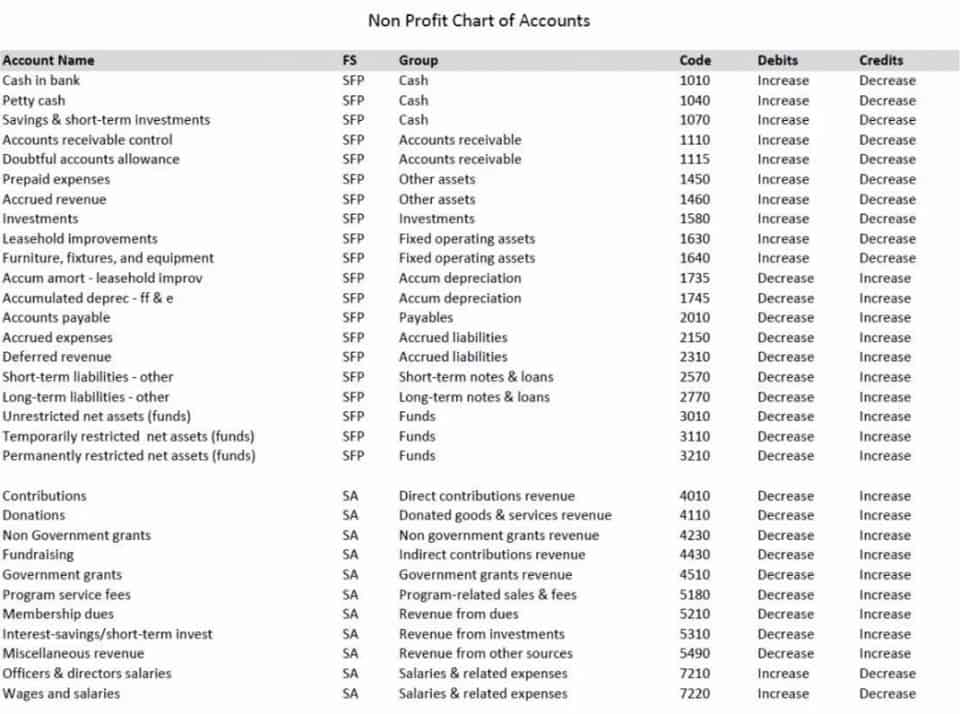
As such, it offers an agnostic and evidence-based evaluation of your options, which can help your business become more data-driven and logical. Once you’ve compiled exhaustive lists of all costs and benefits, you must establish the appropriate monetary units by assigning a dollar amount to each one. If you don’t give all the costs and benefits a value, then it will be difficult to compare them accurately. A positive BCR value indicates that the action would benefit your business, while a negative ratio suggests a net loss.
OUR CLIENT SUCCESS

A cost-benefit analysis should also include the opportunity costs of missed or skipped projects. By using estimated costs the main goal of using a cost-benefit analysis is to reach a and carefully weighing the pros and cons, this analysis helps you decide whether a specific project or decision is worth pursuing. This ultimately assists the decision making process for you in making smarter choices about where to invest your resources.
How to Do a Cost-Benefit Analysis & Why It’s Important

A cost-benefit analysis should be included in a business requirements document, a document that explains what a project entails and what it requires for its successful completion. The cost-benefit analysis can be a versatile tool applicable to a variety of industries, aiding in informed decision-making. This might include creating a schedule, assigning resources, and creating a project plan. Potential risks can include issues related to financial, operational, reputational, etc. So, based on their probability and possible consequences, give these potential hazards a monetary value. For instance, by figuring out how much the worker’s time costs, contra asset account the value of the time for the new process can be monetized.
Cost-Benefit Analysis Limitations

Before making process improvements, ensuring they align with the organization’s strategic goals and objectives is essential. Cost-benefit analysis confirms that the proposed changes contribute to the business’s overall success and support its long-term vision. Ultimately, the cost-benefit analysis process should be used when complex decisions need to be made that may affect the business, the clientele, or stakeholders. You’ll know whether you should take the next step toward accomplishing your goal with this decision or take a step back if the benefits aren’t worth the costs.
- It can highlight possible costs and benefits in a form that is simple to comprehend and compare.
- While assigning monetary value, be specific and accurate since these approximations influence the outcome of your analysis significantly.
- You can add as many columns as you like and filter the sheet to capture only the relevant data.
- These factors can have a significant impact on a project’s success, but they’re difficult to quantify and compare in monetary terms.
- Today, she channels this first-hand knowledge into her articles for Forbes Advisor.
Well, the cost-benefit analysis is a systematic process to analyse which decisions to make and which to forgo. Create a business case for your project and state its goals and objectives. To use it effectively, it’s important to understand both sides of the coin. A cost-benefit analysis isn’t just a fancy technique reserved for economists; it’s a practical tool with several significant benefits. This is a very simple example of cost-benefit analysis, but it provides you with a sense of how the process works. Based on these projections, it seems that the business would benefit financially from investing in the new equipment.
A cost-benefit analysis also requires quantifying non-financial metrics, such as the financial benefit of increased employee satisfaction. Although challenging to assess, this process forces the analyst to consider aspects of the project that are harder to measure. The https://www.bookstime.com/ ultimate goal is to deliver a straightforward report that simplifies decision-making. Many CBA models also factor opportunity cost into the decision-making process. Opportunity cost represents the potential benefits a business misses out on when choosing one alternative over another. It accounts for the value of the next best option that isn’t selected, highlighting the trade-offs involved in any decision.